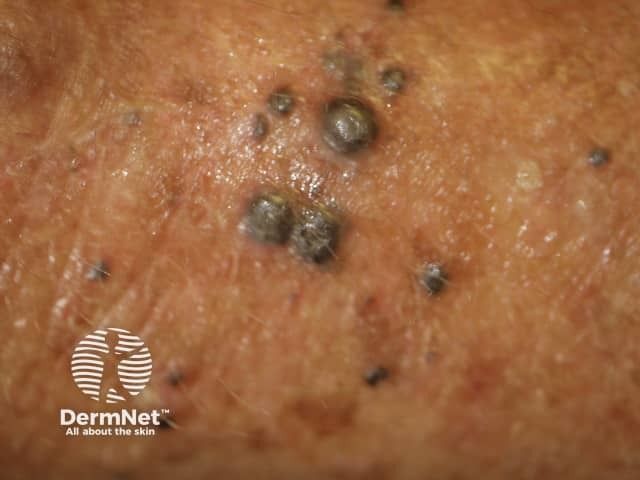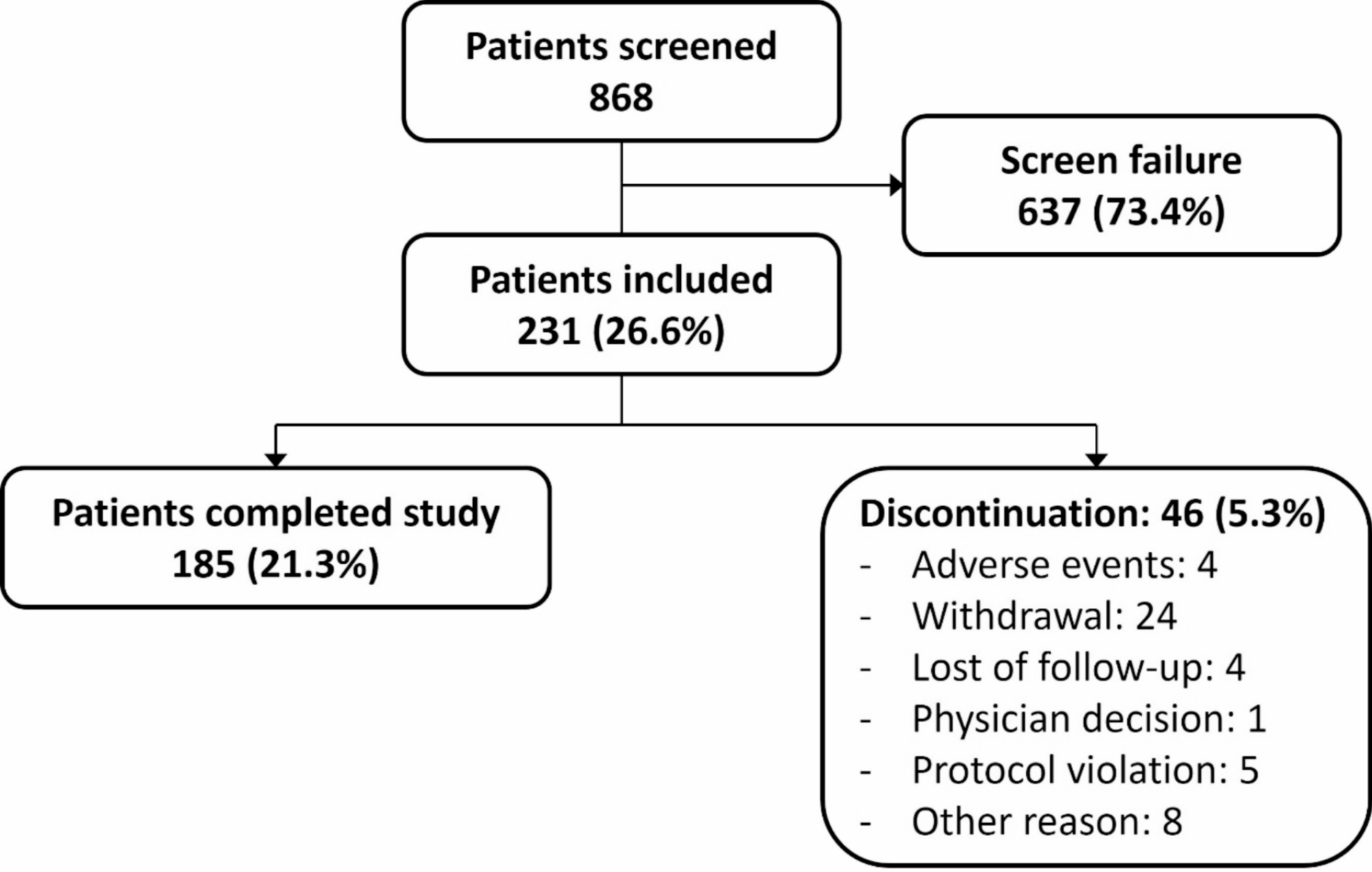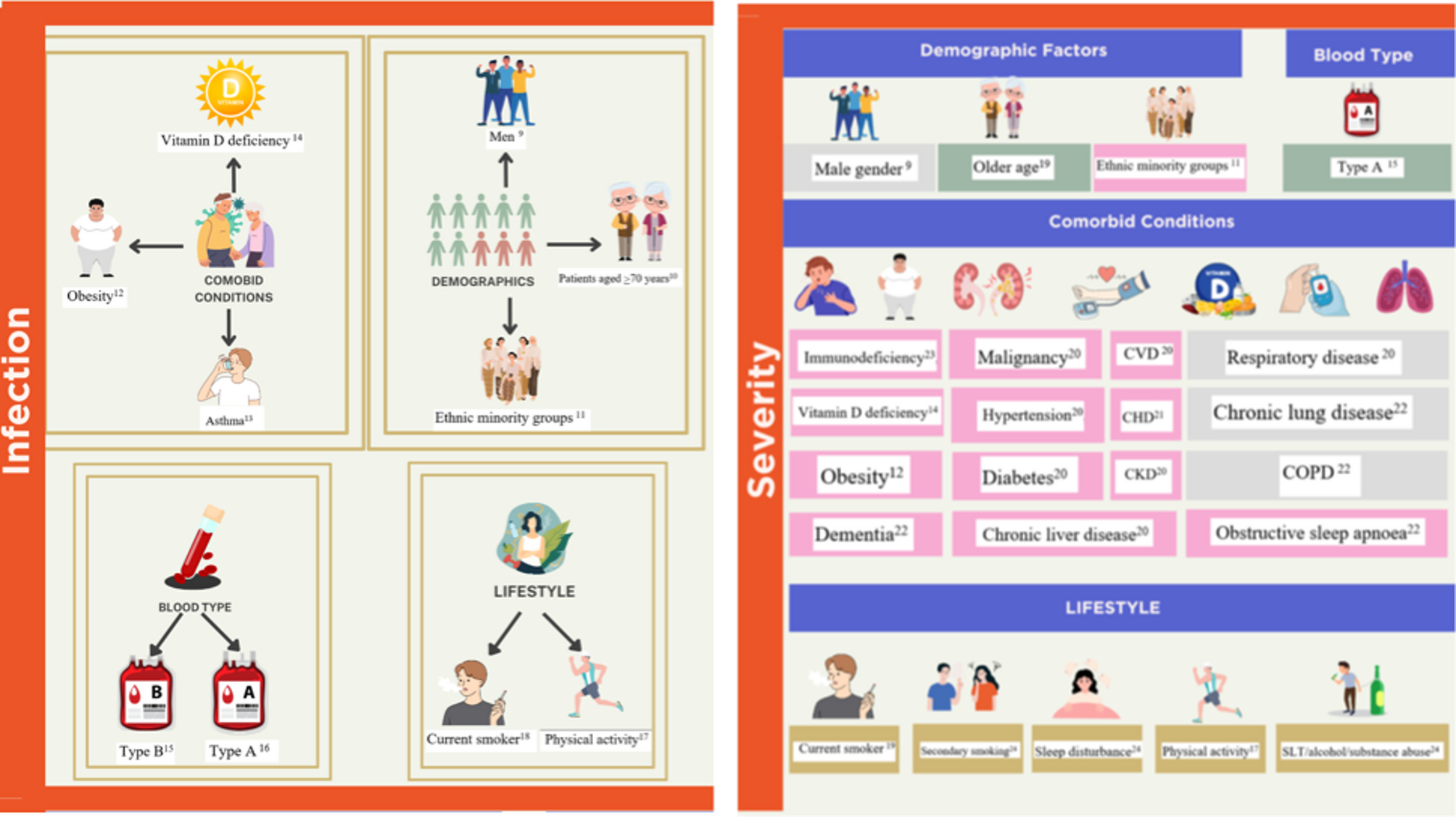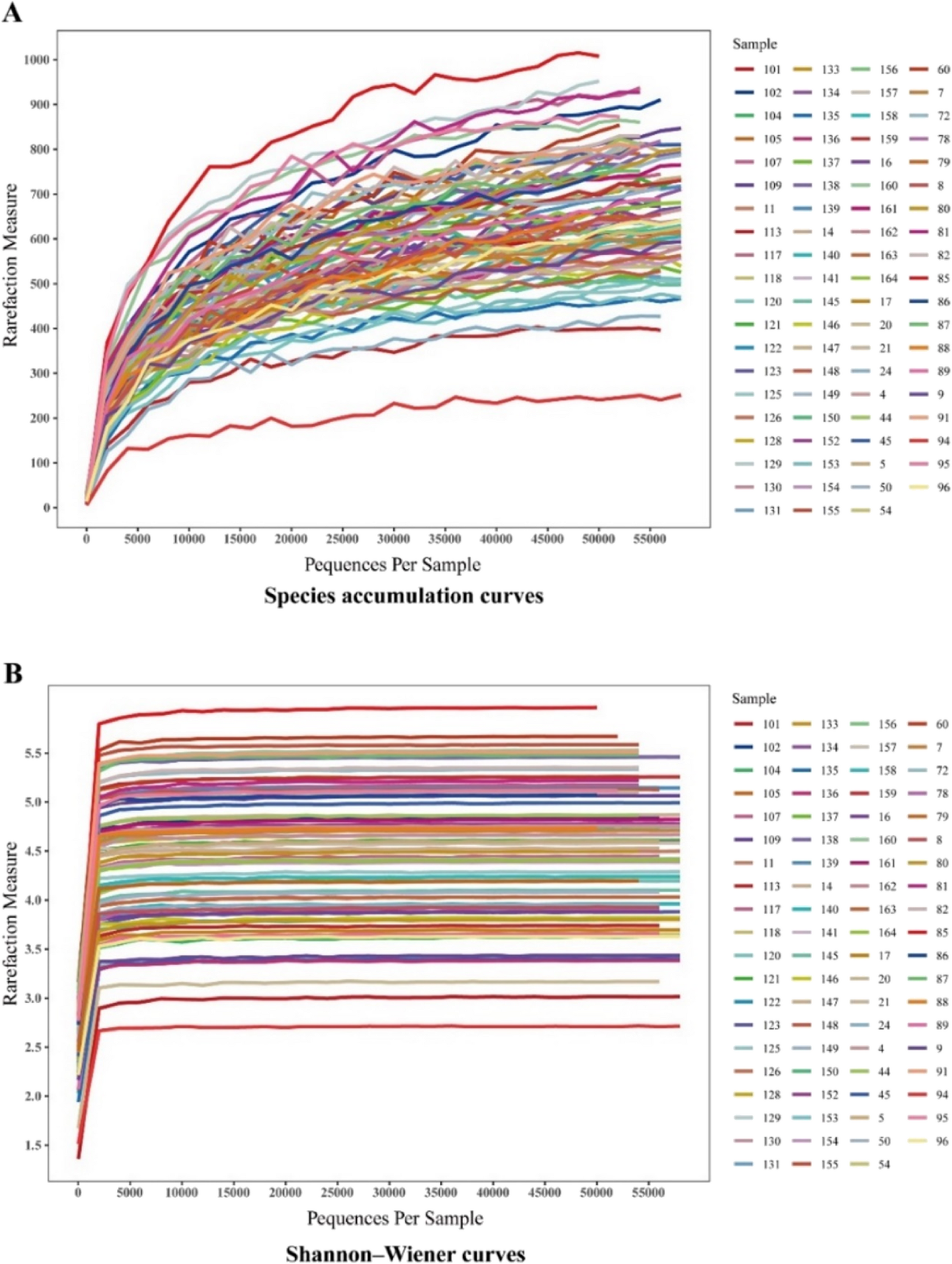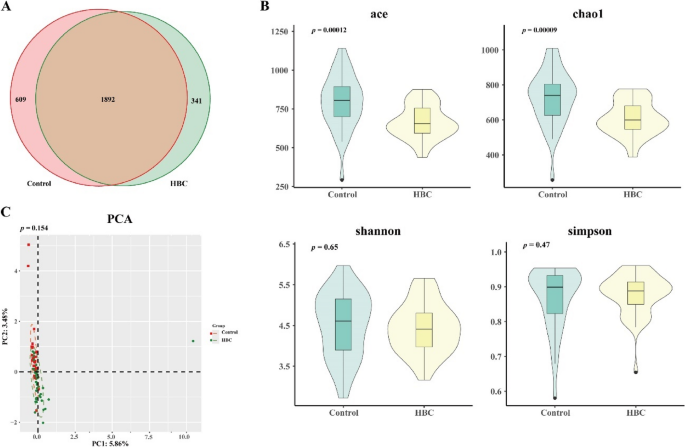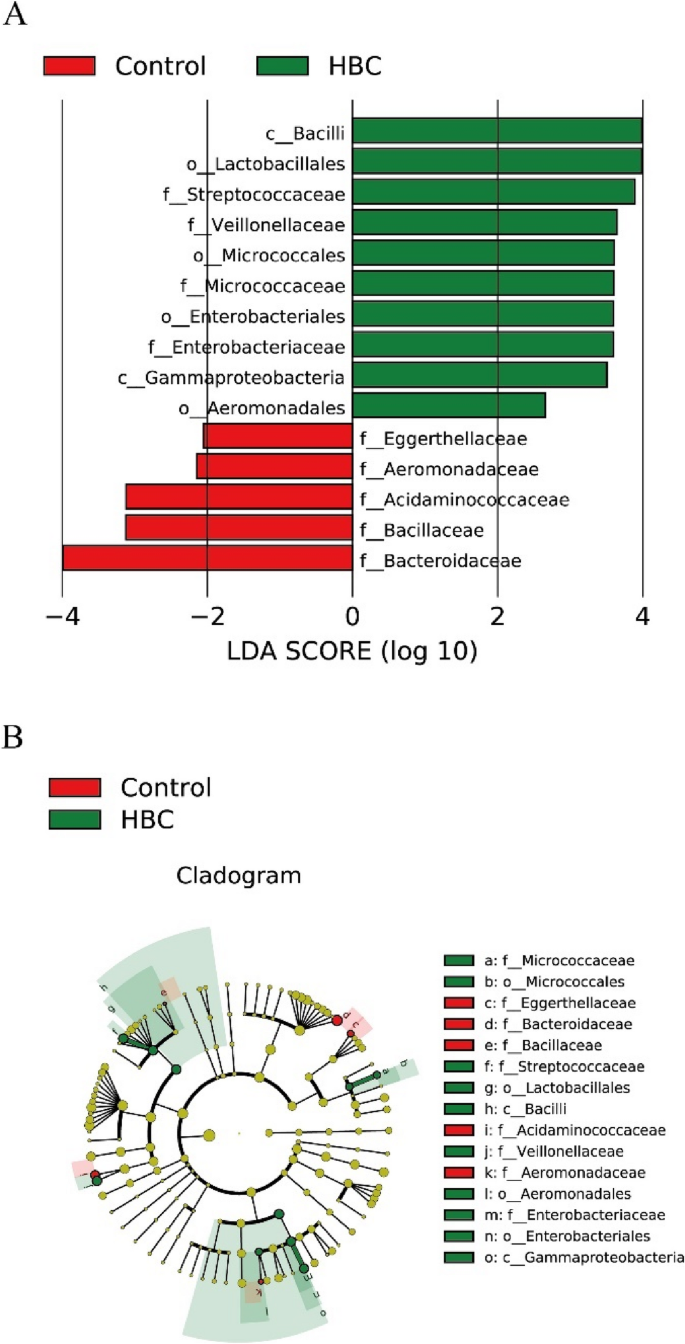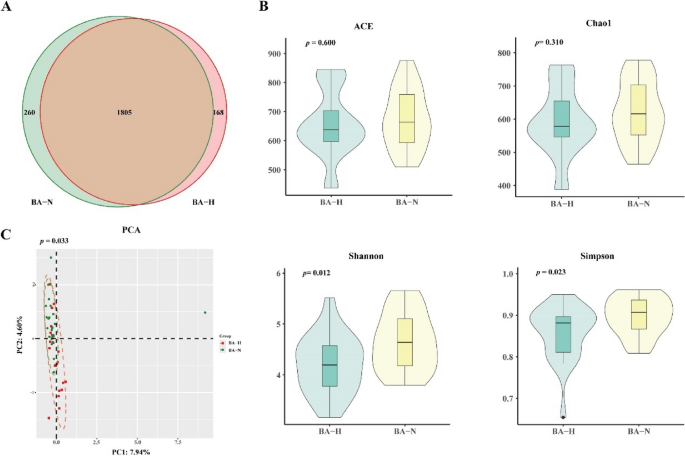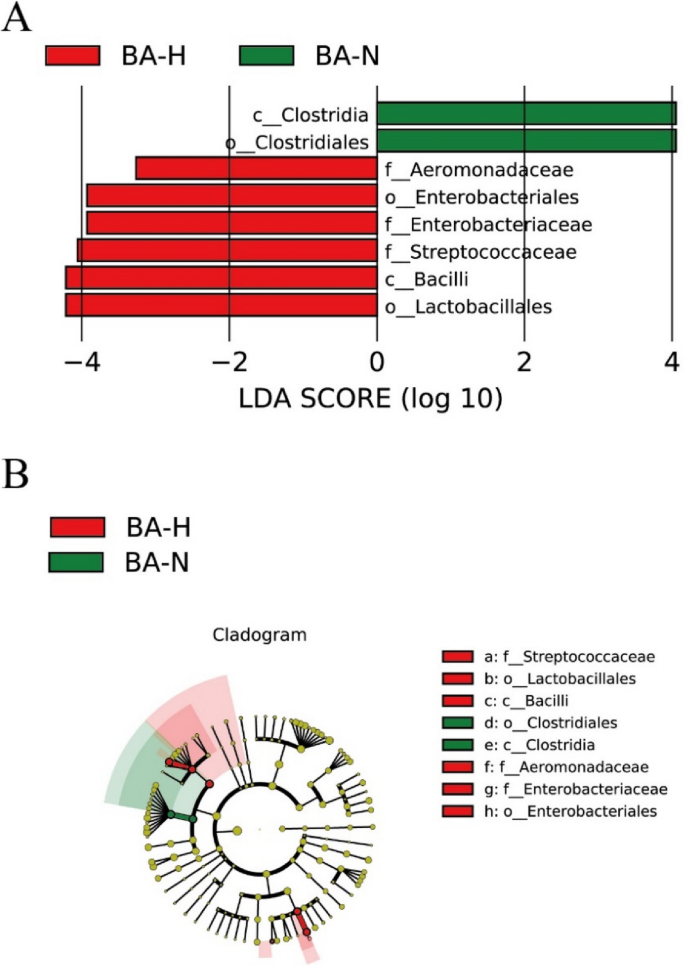This observational trial was designed to examine changes in physical function and mobility in older adults with sarcopenia by collecting and analyzing data on the natural evolution of their physical functioning and muscle strength over a 6-month period.
The included sample is from a true geriatric population (age = 79.2 ± 7.5) with gender distribution as expected (women = 60.0%) and a relatively high BMI (29.58 ± 6.98 kg/m²).
The most frequent adverse event was falls, a further recognized hallmark of an at-risk sarcopenic geriatric population.
GS at the 400MWT was chosen as primary endpoint. Gait speed slower than 1.0 m/s has been predictive of negative outcomes, like frailty, mortality, mobility limitations, falls and decreased quality of life [30, 31]. This is a continuous variable that expresses in a reliable manner the grade of residual (lower limbs) muscular function in older persons. Both GS and 6MWD decreased after 6 months in participants with GS ≥ 0.8 m/sec and SPPB = 8 at baseline. This may be due to a higher amplitude of deterioration in these better performers’ subgroups, easier to detect compared to the most severe subgroups (floor effect). Interestingly, the SO subgroup showed a significant decrease in the 6MWD, close to clinically meaningful change of 20 m as defined in [31]. The association of obesity and sarcopenia could be detrimental to the deterioration rate of the gait speed, and may need a specific focus following the effect of new therapies targeting obesity showing a loss of fat mass and lean mass [32]. Conversely, HGS and SarQoL did not significantly change from baseline to Month 6/EOS in the overall population or any analyzed subgroups. These data suggested that in the study population, a subgroup of sarcopenic patients with a potential for rapid functional loss could be identified and corresponds to those individuals with a “residual” functional reserve. These findings may help to better characterize the sarcopenic population and facilitate the design of RCT targeting the sarcopenic subjects who are most likely to benefit from an intervention.
Nevertheless, the inclusion of low GS (≤ 0.8 m/s) has recently reached a consensus among recommendations of working groups [6, 12] to define sarcopenia. Low GS has been shown to be associated with many relevant clinically important outcomes in older adults including physical disability, hospitalization, fall risk, and death [33, 31, 34], and is part of the definition of severe sarcopenia from the EWGSOP2 [6]. However, it is possible that patients with a very low function may have already reached a floor, thereby being relatively insensitive to further decline, at least in the time window of a comparative clinical trial, and thus unsuitable for testing a therapeutic intervention. The 400MWT and 6MWD were initially developed and used to assess cardiorespiratory fitness [35, 36]. The 6MWD has gained importance in the assessment of functional exercise capacity in participants with chronic respiratory disease and in many studies of older adults. The 6MWD has proved to be reliable, inexpensive, safe and easy to apply [1]. In addition, it correlates well with important outcomes including death [37, 38]. Correlation between 6MWD and 400MWT at M6 End of study was r = 0.78, statistically significant (p value < 0.001).
Compared to SPPB which includes a 4-meter walk test, the mean usual GS calculated from completion time is less prone to variability and to ceiling effects in older adults [30, 39]. Results from this observational study suggest that a more severe subgroup of sarcopenic population, at risk of mobility disability, can be selected using the threshold of SPPB ≤ 8. The latter point was the main difference from other previous studies like LIFE [40] and its preparatory trial LIFE-P [41] or SPRINTT [42], which had a SPPB threshold ≤ 9. These studies compared a structured physical intervention arm with health education and showed an increased risk of mobility disability when sarcopenic participants had a baseline SPPB of 8 or lower. The threshold of SPPB ≤ 8 is now part of the definition of sarcopenia [6].
HGS is a proxy measurement for overall muscle strength and a primary parameter, together with LMM, to diagnose sarcopenia in the latest EWGSOP2 [6]. The different consortia suggest a wide range of cut-offs that is confusing, given the importance of LMS in the characterization of the pathology. In our study, the population could be considered sarcopenic or not according to the definition of low grip strength (Means ± SD at baseline were 19.2 ± 8.2 kg in women and 29.4 ± 10.9 kg in men). EWGSOP2 [6] and ESCEO [12] recommended cut-off values of ≤ 27 kg and 16 kg, for men and women, respectively. This threshold was based on normative data for grip strength across the life course in men and women in the UK from 12 British studies (almost 5,000 participants, aged 4 to 90 years), the cut-off being based on T-Score of ≤-2.5 [43] but no association was shown with physical performance or higher risk of adverse outcomes. Some other groups proposed cut-off values based on association with slow measured walking speed and self- reported difficulty with mobility: Lauretani and colleagues proposed 30 kg and 19 kg in males and females, respectively [44], Sallinen and colleagues proposed 37 kg and 21 kg in males and females, respectively [45]. More recently, the SDOC group analyzed data from more than 18,000 community-dwelling older adults [11]. Grip strength was identified as a primary discriminator from classification and regression trees (CART) and receiver operator characteristics (ROC) curves including area under the curve (AUC) were used to identify variables (and cut-off points in these variables) that best discriminated older adults with slowness (usual walking speed < 0.8 m/s) from those without. The resulting cut-off for grip strength was 35.5 kg and 20 kg in males and females, respectively. More importantly, this group showed an association between HGS variables with incident clinical outcomes of falls, self-reported mobility limitation, hip fracture, and mortality. The retrospective analysis of international datasets showed the better performance characteristics (i.e. sensitivity and specificity) of this test using the proposed cut-off compared to cut-offs proposed by FNIH (< 26 kg for men and < 16 kg for women) and EWGSOP [46]. Our data did not highlight any deterioration in HGS in the SARA-OBS population, which could be explained partly by the short follow-up period (only 6 months). Of note, we did not apply any eligibility criteria based on this parameter.
The Short Form-36 (SF-36) is one of the most widely used, validated generic measures of health-related quality of life and has been shown to discriminate between patients with different chronic conditions and between patients with different severity levels of the same disease. Low SF-36 score has been shown related to severe sarcopenia [47]. In the current study, no change from baseline to Month 6/EOS was detected, whatever the subgroup analyzed. This might be explained by the short follow-up period in this study.
SarQoL has been reported to be responsive and correlated with the change in GS [48]. During a validation study of the SarQoL, the authors reported in a cohort of 42 sarcopenic patients, a significant median change in the GS of -0.10 (IQR − 0.26; 0.14; p = 0.032) and a median change in SarQoL score of 5.23 (IQR − 12.46; 1.61; p = 0.002) during a 2-year interval.
In SARA-OBS population, SarQoL score did not significantly change over time. Similar results were observed in the subgroup of participants with a baseline GS ≥ 0.8 m/s, while they did experience a significant decline in their GS and the 6MWD. This suggests that the physical function decline was either still too early to translate into an alteration of the quality of life, the measurement instrument is not sensitive enough and/or may have ceiling effects, psychological adaptation of older persons to the very gradual decline in physical performance that is not reflected significantly in terms of QOL and/or the period of observation was too short. Another explanation could be the large difference between the sample size (up to ten times less in SO group versus no-SO group, for instance).
Recently, a study suggested a correlation between the SarQoL score and the risk level of suffering sarcopenia [49]. The cut-off between high and moderate risk of sarcopenia was set to 60 points. This is consistent with the definition of sarcopenia applied in the SARA-OBS study for the SarQol baseline values of the most vulnerable subgroups (SPPB < 8 and GS ≤ 0.8 m/s at baseline). Based on that we can understand the SARA-OBS population have a moderate risk for sarcopenia.
The identification of specific biomarkers allowing the early identification of Sarcopenia and the monitoring of this pathology overtime is still needed. In this study, no correlation was observed between biomarkers and no difference from baseline at 6-Months for assessed biomarkers. The short duration of the study may explain this result.
Myostatin has been associated with reduction in muscle mass and its mRNA expression was shown to be higher in sarcopenic population and associated with BMI [50]. In SARA-OBS study, patients with a “high” level of myostatin (based on median level at baseline) had a statistically significant reduction in the GS/400MWT change from baseline to Month 6/EOS of -0.05 ± 0.208 m/s (p = 0.044) unlike the group with a “low” level of myostatin (-0.005 ± 0.12 m/s; p = 0.732).
Association between chronic low-grade inflammation, CRP and sarcopenia remains unclear since correlation with muscle strength was shown but not with muscle mass. A high level of hsCRP was independently associated with an impairment of muscle strength, but this relationship was not observed in low muscle mass [29]. In this study, patients with a low hsCRP level showed a significant reduction with a mean ± SD change of GS (-0.04 ± 0.14 m/sec; p = 0.018) and 6MWT (-24.2 ± 81.2 m; p = 0.008). However, no significant changes were observed in HGS.
SARA-OBS will be used to define the target population, endpoints, and duration of treatment in the forthcoming pivotal clinical trials for a New Chemical Entity (NCE) in sarcopenia, with SARA-INT, a phase2b study for the evaluation of the safety and efficacy of BIO101 (20-hydroxyecdysone) in sarcopenic patients.
Study limitations
Observational by nature, the control of the daily activity and physical exercise (both prescribed or performed) was limited.
Missing data were observed in this observational study, which is unfortunately inherent to observational studies. Another limitation of this trial is related to the definition of SO, based on an observational study [27]. Since then, the ESPEN group showed the limit of this definition in a meta-analysis [51] and suggested a new consensual definition of SO [52]. New studies will necessarily consider this new approach to SO.
Considering the importance of nutritional status in the evolution of sarcopenia, the lack of information on patients’ nutritional status, as well as in the use of nutritional supplements, such as proteins, is a limitation of the study.
The observation duration of 6 months may be considered as relatively short to detect worsening of functional outcomes in a slowly progressing disease such as age-related sarcopenia. The SarcoPhAge study has brought interesting results on the long-term follow-up on 534 older participants and did not show a difference after 1 year [53] in mean HGS but rather after 5 years, even though the level of physical activity was increased [54]. Likewise, SPPB score did not evolve after 1 year of follow-up, but the GS was significantly lower after 5 years. Note that GS was measured over 4 m, a hundred time shorter than in our study.
Recently, a meta-analysis showed that prevalence of sarcopenia concerns more men than women using the EWGSOP2 criteria [55]. However, in this work, but also in general, more women are included in the studies.
Since SARA-OBS was an observational study, no prior hypothesis was set and multiple outcomes and subgroups analyses were performed without adjustment to control type I error inflation. Thus, interpretation and conclusions drawn from this study should be considered with precautions. In SARA-OBS, the non-SO participants were a very small number in some groups at Month 6/EOS, further complicating the interpretation of the findings.
